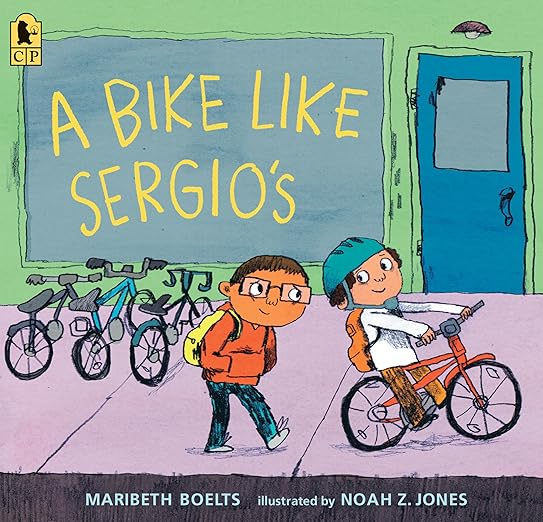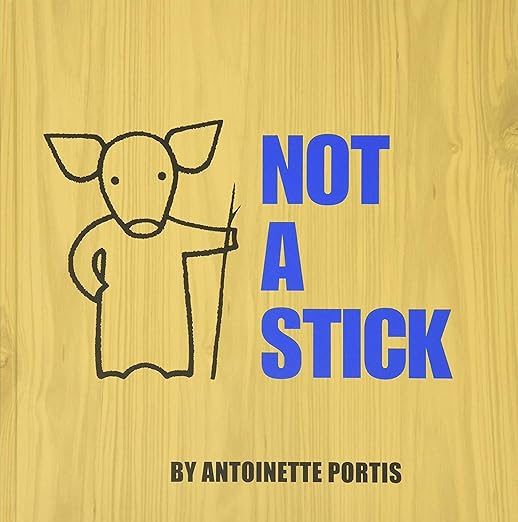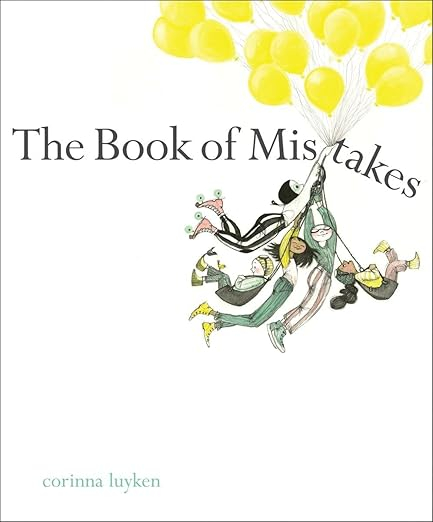Learn how to twist, flip, and reinvent classic themes into irresistible new ideas.
What Makes a Picture Book Concept “Fresh” in a Crowd of Lookalikes?
As any picture book creator knows, standing out in a crowded market can be a daunting task. It often feels like there are more picture books than there are hours in a day, and with so many themes already covered, how do you carve out a space for your own story? The key to making your concept stand out lies in how you twist, flip, and reinvent classic themes into something that feels fresh, exciting, and irresistible to editors and readers alike.
So, how can you take a well-worn theme and breathe new life into it? Let’s dive into the art of making your picture book concept fresh by looking at three recent picture books that do just that. These examples show how a little creativity and a fresh perspective can turn a common theme into something unforgettable.
1. Not a Stick by Antoinette Portis
In a sea of books about imagination, “Not a Stick” stands out by flipping expectations on their head. The book starts with a simple stick, which at first appears to be nothing more than a, well, stick. But through the eyes of the main character, a young child, the stick becomes anything but ordinary. It turns into a sword, a painting brush, a fishing pole, and more. What’s genius here is that this book takes an idea we’ve seen before—the magic of imagination—and shows how the simplest of objects can spark the most extraordinary creations.
Why it’s fresh: While many picture books explore the theme of imagination, “Not a Stick” stands out by centering around a single object and showing how it can be transformed into countless other things through the power of a child’s mind. By focusing on one specific object and creating layers of meaning around it, the book offers a new angle on a familiar theme.
How you can apply this: Take a traditional theme or object and give it new meaning. Ask yourself how you can focus on one simple thing and build an entire world around it. What if a stick could tell a story? Or a tree sing a song? Or a toy stage a play? Find a familiar object and turn it into something unexpected through the lens of a character’s perspective.
2. The Book of Mistakes by Corinna Luyken
Mistakes are a part of life, but how do we spin this concept into a fresh picture book idea? “The Book of Mistakes” takes the classic theme of learning from failure and approaches it from a unique angle. The book begins with a drawing that seems to have gone wrong—an unintended smudge or squiggly line—but instead of scrapping the drawing, the artist embraces the mistake, turning it into something new and beautiful. As the story unfolds, the mistakes pile up, each one leading to an even better outcome.
Why it’s fresh: What makes “The Book of Mistakes” stand out is its playful exploration of imperfection. The book doesn’t just encourage children to embrace mistakes—it shows how mistakes can lead to something more imaginative and beautiful than the original idea. Instead of treating mistakes as something to be avoided, it flips the narrative and embraces them as part of the creative process. (Also check out an older book on this that I loved by my old friend Barney Saltzberg. It’s called Beautiful Oops.
How you can apply this: Consider how you can take a concept people are familiar with, like overcoming mistakes or imperfections, and show it in a way that feels new. Maybe the “mistakes” lead to unexpected outcomes that are joyful and enriching, like a character who turns their stumbles into dance moves or a mistake that leads to a surprising friendship.
3. “A Bike Like Sergio’s” by Maribeth Boelts
At first glance, “A Bike Like Sergio’s” might seem like just another story about wanting something. A young boy wants a bike, but his family doesn’t have the money for it. This might sound familiar, but what makes this story fresh is how it handles the themes of generosity, empathy, and friendship. Instead of focusing only on the boy’s desire for the bike, the book explores the relationship between the boy and his friend, Sergio, who has a bike but is willing to help the boy in a way that’s both unexpected and heartwarming.
Why it’s fresh: The book’s uniqueness lies in its exploration of the friendship dynamic. Rather than focusing purely on the boy’s desire, the story uses the bike as a way to showcase themes of generosity and selflessness. By highlighting the connection between the characters and their willingness to help one another, the book turns a common theme of “wanting something” into a deeper exploration of emotional growth.
How you can apply this: Think about how you can take a familiar story—a child wanting something—and shift the focus onto relationships or emotions that often go underexplored. What if the story wasn’t just about what the character wants but about the people who help them get there? Or perhaps it’s about how wanting something can lead to unexpected generosity?
Reinventing Classic Themes
The key to creating a fresh concept in a sea of lookalikes is finding new angles. Classic themes like imagination, mistakes, and desire are timeless because they resonate with readers of all ages. But in order to make them feel fresh, you have to dig deeper and explore them from unique perspectives.
When brainstorming your own picture book ideas, consider how you can tweak a familiar concept by shifting the narrative focus, introducing a quirky character trait, or adding an unexpected element. Think about objects, relationships, or emotions that we’ve seen before but may not have been fully explored in the way you envision. The more creative you get with the details, the fresher your concept will feel.
At the heart of every fresh picture book concept is a unique point of view. So, challenge yourself to look at the world through your character’s eyes, and let their perspective lead the way. If you can make something as simple as a stick or a mistake feel new again, you’re on the right track!
Final Thoughts
In a market full of lookalike stories, it’s crucial to find ways to make your concept feel fresh and exciting. Take inspiration from books like Not a Stick, The Book of Mistakes, and A Bike Like Sergio’s to see how small shifts in perspective, character relationships, and emotional focus can turn a classic idea into something new. Keep asking yourself, “How can I make this feel fresh?” and you’ll find that your stories can leap off the page—and into readers’ hearts.







